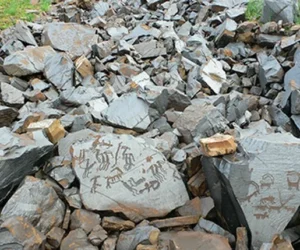The Saimaluu-Tash petroglyphs, located in Kyrgyzstan, represent one of the most significant archaeological sites in Central Asia. These rock carvings date back to various periods, primarily from the late Bronze Age to the early Iron Age, around 1000 BC to 200 BC. They provide crucial insights into the culture and beliefs of ancient nomadic societies….
Ancient Artifacts
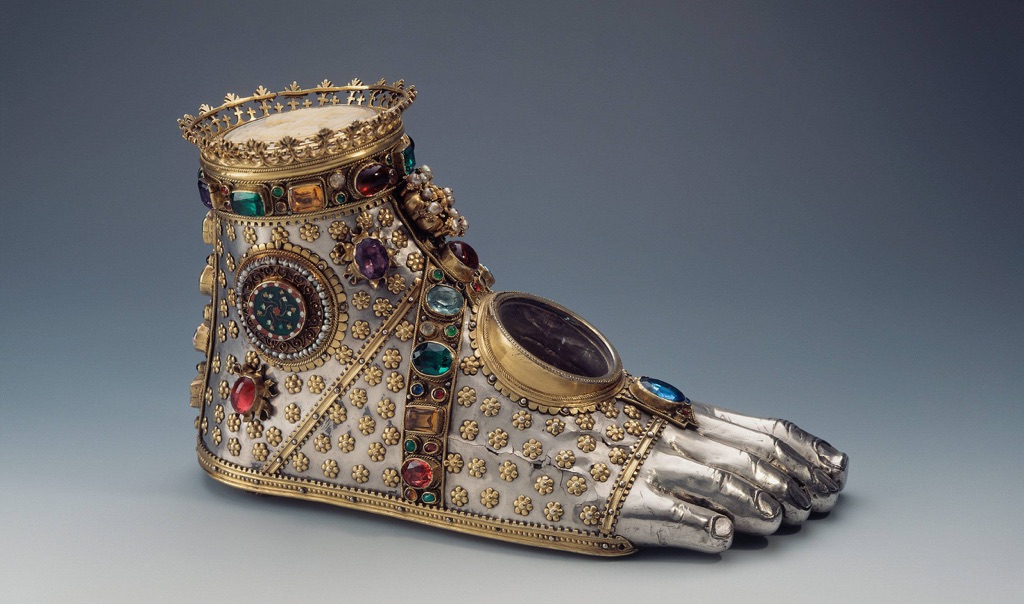
Moving to the East, ancient China artifacts like bronze vessels and oracle bones shed light on the rituals and governance of early Chinese dynasties. These artifacts highlight China’s long history of craftsmanship and written language. Similarly, ancient Egyptian artifacts are world-renowned, particularly for their funerary art, such as the treasures from King Tutankhamun’s tomb. These pieces reflect the Egyptians’ beliefs about death and the afterlife. Artifacts are not just old objects to be displayed in museums; they are keys to unlocking the secrets of human development across the ages. They preserve the ideas and values of people who lived thousands of years before us. Through careful study, they teach us about our collective history and heritage.
Among the most famous ancient artifacts in the world is the Rosetta Stone. Discovered in 1799, this granodiorite stele was the key to understanding Egyptian hieroglyphs—a script made of small pictures that was used originally in ancient Egypt for religious texts. The Rosetta Stone is inscribed with a decree issued at Memphis in 196 BC on behalf of King Ptolemy V. The decree appears in three scripts: the upper text is Ancient Egyptian hieroglyphs, the middle portion Demotic script, and the lower Ancient Greek. Because it presents essentially the same text in all three scripts, it provided the crucial link for scholars to decipher Egyptian hieroglyphs, thereby opening a window into ancient Egyptian history.
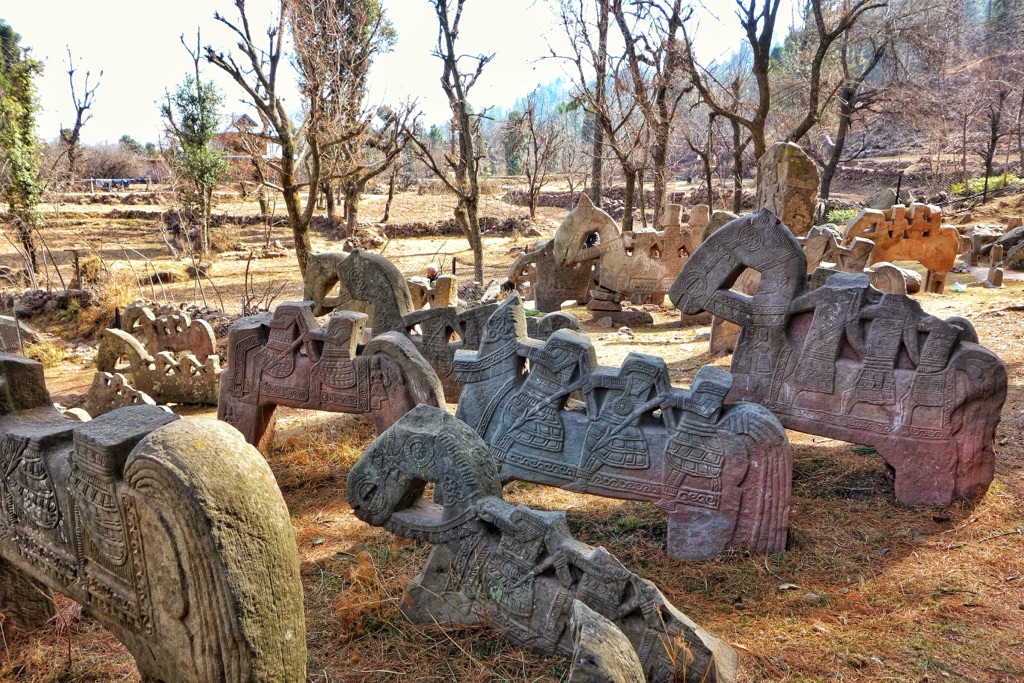
The title of the oldest artifact on earth goes to the stone tools found in Lomekwi 3, Kenya, which date back to 3.3 million years ago. These tools predate the earliest known humans and suggest that tool-making was a part of our pre-human ancestors’ way of life. These ancient tools mark a significant milestone in human evolutionary history, indicating the beginnings of technology and innovation. They are not just simple objects; they represent the dawn of human ingenuity and the very first steps towards the complex societies we have today.
An ancient artifact can be defined as any item made or used by humans in ancient times that has cultural, historical, or archaeological significance. These artifacts can range from monumental structures like the pyramids of Egypt to small, everyday objects like Roman coins. They can include items as diverse as weapons, clothing, and artwork. Each artifact, no matter its size or apparent significance, offers a glimpse into the lives of those who came before us, providing evidence of past behaviors, beliefs, and social structures.
Famous ancient artifacts not only include monumental finds like the Rosetta Stone or the treasures of Tutankhamun’s tomb but also the Terracotta Army of China, the Dead Sea Scrolls, and the Venus of Willendorf. The Terracotta Army, buried with the first Emperor of China, Qin Shi Huang, consists of thousands of life-sized figures meant to protect the emperor in the afterlife. The Dead Sea Scrolls, discovered in a series of caves near the Dead Sea, are ancient Jewish texts that offer invaluable insight into the history of Judaism and the early text of the Bible. The Venus of Willendorf, a small Paleolithic figurine discovered in Austria, dates back to about 28,000 BCE and is thought to represent fertility. Each of these artifacts, in its own way, has reshaped our understanding of human history, offering evidence of the complexity, diversity, and ingenuity of ancient civilizations.
List of Discovered Ancient Artifacts
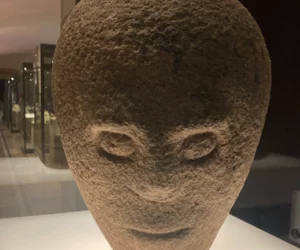
The Corleck Head
The Corleck Head: An Enigmatic Symbol of Early Celtic Worship The Corleck Head, an ancient Irish stone idol, dates to the 1st or 2nd century AD, though its exact origins remain a mystery. This tricephalic, or three-faced, sculpture is a prime example of Celtic religious art, believed to have been a significant object of worship…
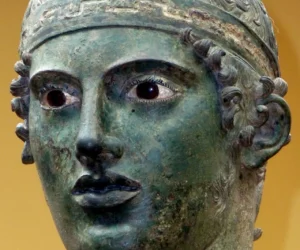
The Charioteer of Delphi
The Charioteer of Delphi: An Icon of Ancient Greek Bronze Sculpture The Charioteer of Delphi, also known as Heniokhos (meaning “the rein-holder” in Greek), is one of the finest examples of ancient Greek bronze sculpture. Standing at 1.8 meters tall, the life-sized statue of a chariot driver was discovered in 1896 at the Sanctuary of…
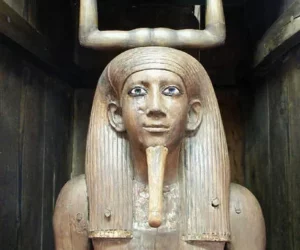
The Ka statue of King Hor
The Ka Statue of King Hor: A Masterpiece of Egyptian Art The Ka statue of King Hor, dating back to around 1750 BC during Egypt’s Thirteenth Dynasty, stands as a remarkable piece of ancient Egyptian art. Now housed in the Egyptian Museum in Cairo, this statue not only showcases the craftsmanship of the time but…
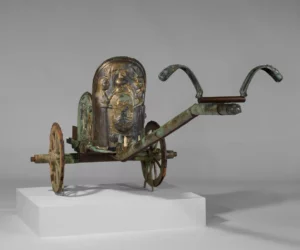
The Monteleone Chariot
The Monteleone Chariot: A Masterpiece of Etruscan Craftsmanship The Monteleone chariot, an Etruscan artifact dating back to around 530 BC, stands as one of the most important archaeological discoveries of the 20th century. Unearthed in 1902 in Monteleone di Spoleto, Umbria, it is now a highlight of the Metropolitan Museum of Art in New York…
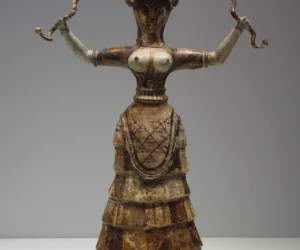
The Minoan Snake Goddess Figurines
The Minoan Snake Goddess Figurines: A Closer Look In 1903, archaeologist Arthur Evans uncovered two remarkable figurines at the Minoan palace in Knossos, Crete. These faience figures have since sparked intrigue and debate among scholars. Evans dubbed the larger figurine a “Snake Goddess” and the smaller one a “Snake Priestess.” But over time, experts have…

